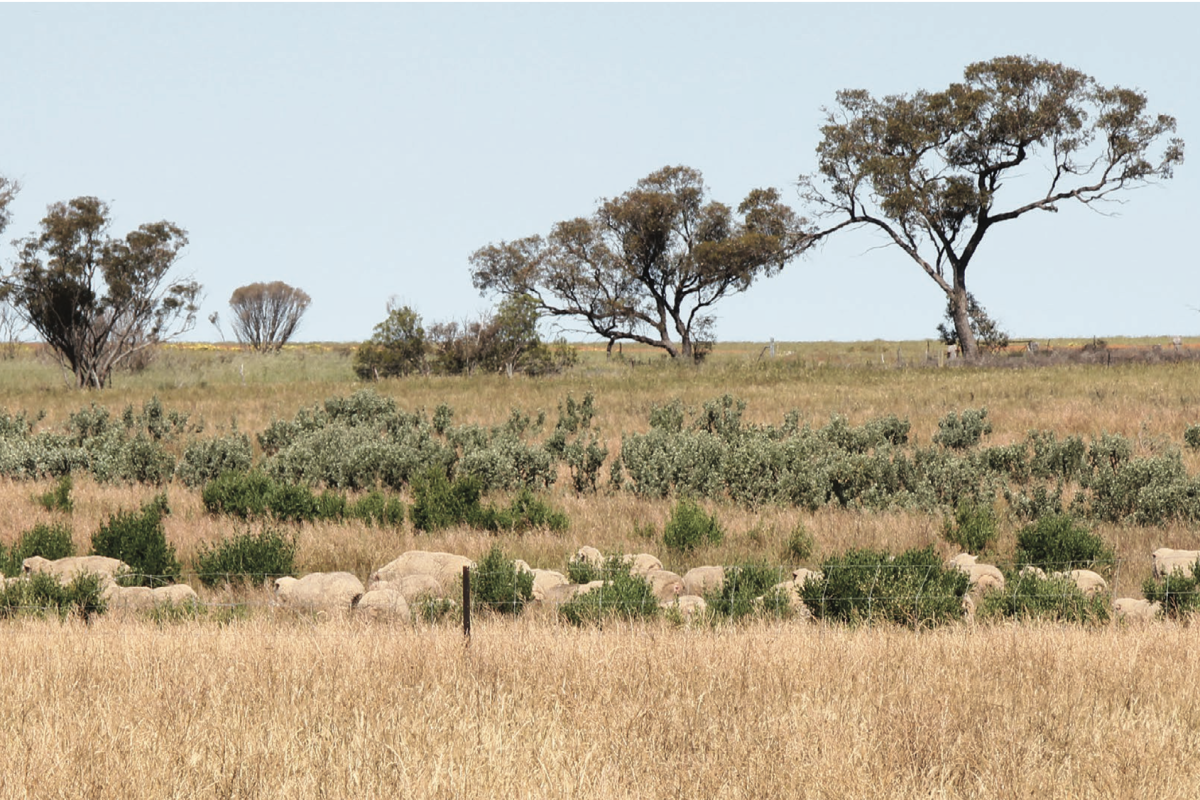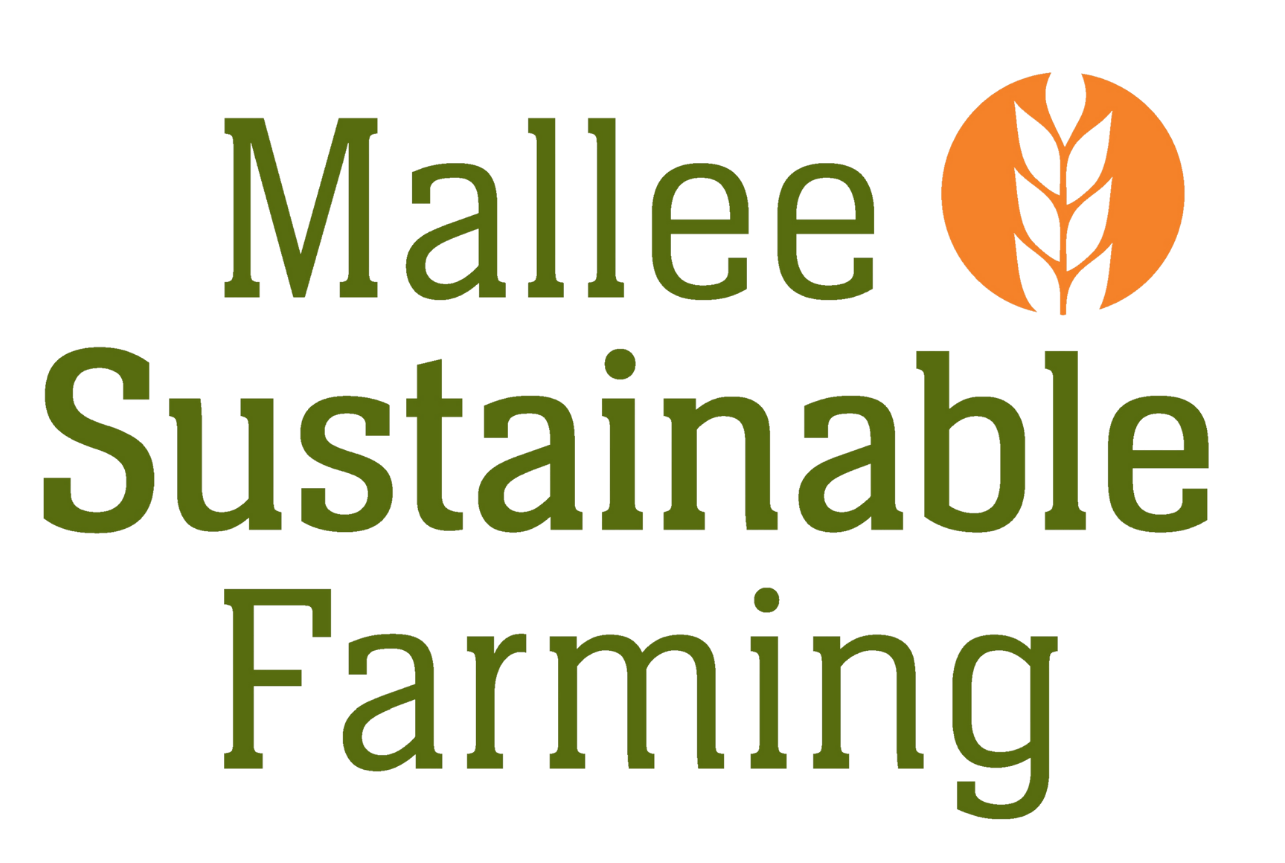Mallee Forage Shrubs Decision Tree
A tool for the management and enhancement of forage shrub plantings
Welcome to our Forage Shrubs Decision Tree!
Perennial forage shrubs, or mixtures of forage shrubs and pasture, can provide a highly productive, complimentary grazing resource on mixed farms in southern Australia. Benefits span both livestock production and natural resource management, since plantings not only add to the resilience of the feed base, but also improve biodiversity and help protect or reclaim degraded land.
There are many different ways that forage shrub plantings can be set up and managed. For example, farmers may choose to grow one type of shrub or many, in either alley or block plantings, with or without pasture in the inter-row space.
Many farmers across the Mallee regions of NSW, Victorian and SA Mallee regions have already planted saltbush, but are interested in improving the way they manage their plantings. Other farmers may be new to forage shrubs but aren’t sure how to establish them. This decision tree has been set up to provide interested farmers with information on better management of existing plantings, or how to go about setting up new forage shrub plantings .
The decision tree assumes three different scenarios for growing and managing fodder shrubs. To use the decision tree, simply select the scenario that reflects your situation and intentions. You will then be led through a number of follow-up questions and provided with a set of recommendations and factsheets that will guide you towards best-bet management options.

1. Is your main interest to improve an existing saltbush planting?
There are many plantings of saltbush in the Mallee that have survived over 20 years, but have become too dense and overgrown. In some cases, livestock have not performed as well as expected on the forage. This decision pathway explores how to rejuvenate existing plantings and better manage grazing of shrubs.
2. Is your main interest to rehabilitate saline or erosion prone ground?
There are areas on many farms that are not profitable for cropping. These areas may be showing early signs of salinity (discharge area), possibly have subsoil constraints, or be at risk of wind erosion. Rather than “writing off” these areas or letting them further degrade, they can be regenerated with forage shrubs.
The resilience and perennial nature of forage shrubs creates a more stable feed supply. This is more evident in dry seasons where forage shrubs can be used to fill feed gaps, and allow the deferred grazing of autumn pasture grazing so that feed can ‘get away’. Forage shrubs also provide a rich source of protein and minerals, and shelter from extreme weather.
Guides
Grazing management to get the best out of forage shrubs
Establishing and managing diverse shrub-pasture plantings in the Mallee
Establishing and managing mixed forage shrub block plantings in the Mallee
Using saltbush to provide feed and shelter for livestock during poor weather
Establishing forage shrubs on salt-affected soils
Establishing simple forage shrub-pasture mixes in the Mallee
Getting the most out of existing saltbush plantations
Critical success factors in successful shrub-pasture systems
Acknowledgments


